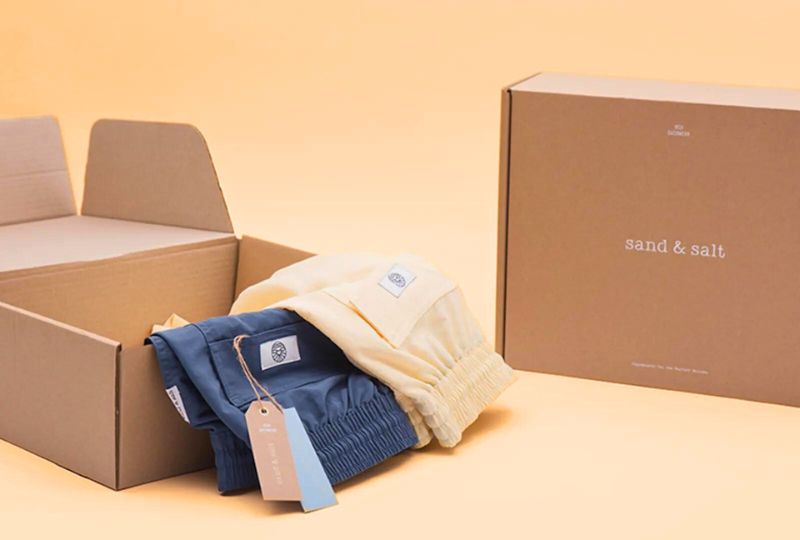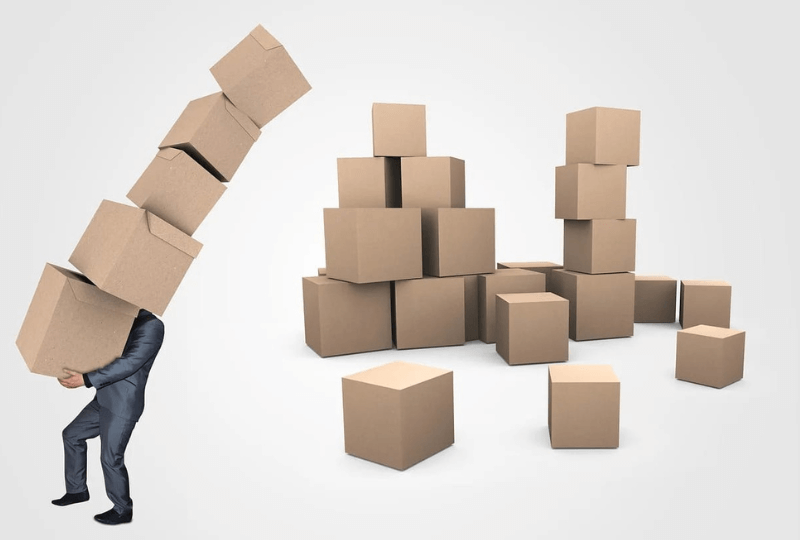In this modern age, online shopping is becoming more and more popular because it is easy and available to people all over the world. But with more people shopping online, there will always be a need to return and exchange items. Returns and exchanges are an important part of online shopping, whether it’s because of a problem with the size or colour, or just because the customer changes their mind.
Table of Contents
ToggleReturn and Exchange Process in Packaging

One crucial aspect of the returns and exchanges process is packaging. The way items are packaged for return can significantly impact customer satisfaction, brand perception, and even environmental sustainability. In this article, we’ll explore the importance of selecting the right packaging for clothing returns and exchanges and provide some practical tips for making informed decisions.
Why Packaging Matters

Packaging plays a crucial role in the returns and exchanges process for several reasons:
- Protection: Proper packaging ensures that items are adequately protected during transit, reducing the risk of damage or loss. This is especially important for delicate or fragile items like clothing.
- Presentation: How items are packaged reflects your brand’s image and attention to detail. A well-packaged return or exchange can leave a positive impression on customers, even if they weren’t satisfied with their initial purchase.
- Efficiency: Streamlined packaging processes can improve efficiency and reduce costs associated with returns processing. Choosing suitable packaging materials can contribute to smoother operations and faster turnaround times.
- Sustainability: With growing environmental concerns, eco-friendly packaging options are becoming increasingly important. Opting for sustainable packaging materials can minimize your carbon footprint and appeal to environmentally conscious consumers.
Types of Packaging Materials

When it comes to packaging clothing returns and exchanges, there are several options to consider:
- Poly Mailers: Poly mailers are lightweight, water-resistant envelopes made from polyethene plastic. Due to their durability and cost-effectiveness, they are commonly used for shipping clothing items. Poly mailers come in various sizes and can be customized with branding or instructions for returns.
- Cardboard Boxes: Cardboard boxes provide more robust protection for clothing items and are ideal for larger or bulkier items. They come in various sizes and can be reused or recycled, making them a sustainable choice.
- Biodegradable Bags: For environmentally conscious brands, biodegradable or compostable bags offer a greener alternative to traditional packaging materials. These bags are made from plant-based materials like cornstarch and break down naturally over time, reducing environmental impact.
- Reusable Tote Bags: Offering customers reusable tote bags for returns and exchanges is eco-friendly and provides added value. Tote bags can be branded with your logo and serve as a practical customer accessory.
Read More: What is Lego Frustration-Free Packaging?
Tips for Choosing the Right Packaging
When selecting packaging for clothing returns and exchanges, keep the following tips in mind:
- Consider the Item: Different clothing items may require different types of packaging. For example, delicate fabrics may need extra padding or protection to prevent damage during transit.
- Balance Protection and Size: Choose packaging that provides adequate protection without being excessively bulky. Oversized packaging can increase shipping costs and environmental impact.
- Branding Opportunities: Use packaging as an opportunity to reinforce your brand identity. Customized packaging with logos, slogans, or branding elements can enhance the unboxing experience for customers.
- Easy Returns Instructions: Communicate return instructions on the packaging to make the process as straightforward as possible for customers. Include information on how to initiate a return, where to send the package, and any relevant deadlines or conditions.
- Sustainability: Opt for sustainable packaging materials that align with your brand’s values and environmental commitments whenever possible. Look for options that are recyclable, biodegradable, or made from renewable resources.
Conclusion
In conclusion, choosing the proper packaging for clothing returns and exchanges is essential for ensuring customer satisfaction, streamlining operations, and minimizing environmental impact. E-commerce brands can make informed decisions that benefit their customers and the planet by considering protection, presentation, efficiency, and sustainability. By prioritizing thoughtful packaging solutions, you can turn returns and exchanges into opportunities to strengthen your brand and build customer loyalty.
Read Our Latest Guides:
FAQs:
The best packaging depends on your items’ specific needs. Poly mailers are commonly used for their durability and cost-effectiveness. At the same time, cardboard boxes offer more robust protection for oversized items.
Opting for sustainable packaging materials like biodegradable or reusable tote bags can reduce environmental impact and appeal to eco-conscious consumers.
Branding on packaging reinforces your brand identity and enhances the unboxing experience for customers, contributing to brand loyalty and recognition.
Packaging should include clear return instructions, including how to initiate a return, where to send the package, and any relevant deadlines or conditions.
Choose packaging that provides adequate protection without being excessively bulky to avoid increasing shipping costs and environmental impact.

Meet Mary K, the talented author behind PackPaa. With a passion for innovative packaging solutions, Mary shares insights and expertise to elevate your business.





